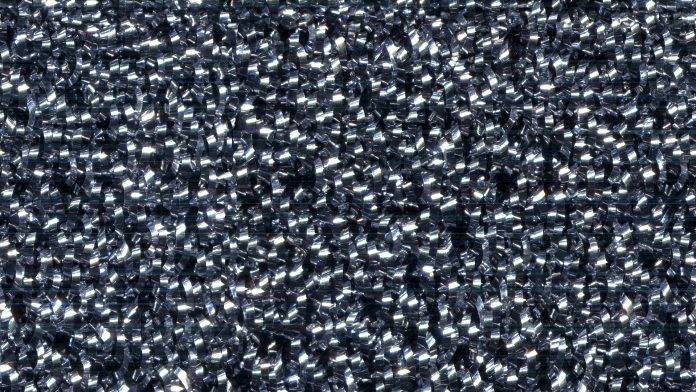Researchers from South Korea have collaborated to identify the effects of oxygen on the synthesis of novel metal-organic frameworks.
Metal-organic frameworks are composed of metal ions surrounded by organic bridging molecules. These hybrid crystalline frameworks feature a cage-like hollow structure which offers great potential for a range of applications in energy storage, chemical transformations, optoelectronics, chemiresistive sensing, and (photo)electrocatalysis, among others.
Led by Rodney Ruoff and Dr Yi Jiang, chemists at the Ulsan National Institute of Science and Technology, South Korea, collaborated with researchers from the Sungkyunkwan University, South Korea, to identify how oxygen affects the synthesis of a novel metal-organic framework; copper 1,3,5-triamino-2,4,6-benznetriol [Cu3(TABTO)2-MOF].
Jiang, the first author of the study, said: “Since organic redox-active ligands are usually sensitive to oxygen, the presence of oxygen is not favoured in many organic reactions. However, oxygen can be helpful for the synthesis of some redox-active ligand-based MOFs, but many chemists did not realise this. Our study suggests that oxygen prevents these ligands from reducing the Cu (1 and 2) ions to Cu metal, facilitating the synthesis of a pure MOF.”
Modelling the structure via detailed density functional theory (DFT) calculations, the researchers also experimentally studied the structure of this 2D MOF through X-ray diffraction, diffuse reflectance UV-vis, X-ray photoelectron, electron paramagnetic resonance, and Raman spectroscopies.
Ruoff, the corresponding author of the study, said: “Our work contributed to a fundamental understanding of the role of oxygen in the synthesis of redox-active ligands-based metal-organic frameworks, and should inspire the community to pay more attention to the role oxygen can play in synthesis of redox-active ligands-based metal-organic frameworks.”
The research group also revealed that Cu3(TABTO)2-MOF became electrically conductive after being chemically oxidised by iodine because of the formation of Cu1 and carriers. The iodine-doping generates 0.78 siemens per centimetre of electrical conductivity in the Cu3(TABTO)2-MOF pellet that was synthesised in air. Further experiments and analysis found the metallic characteristics of the materials.









